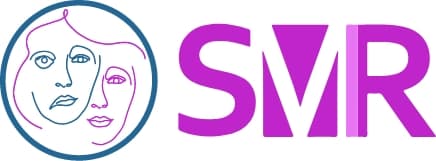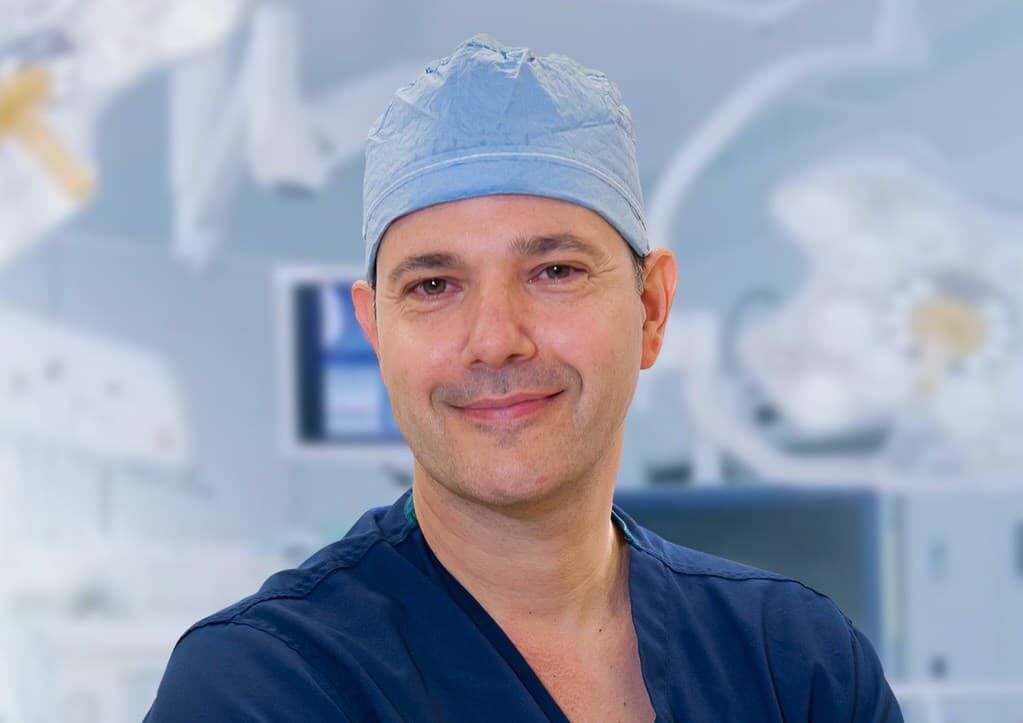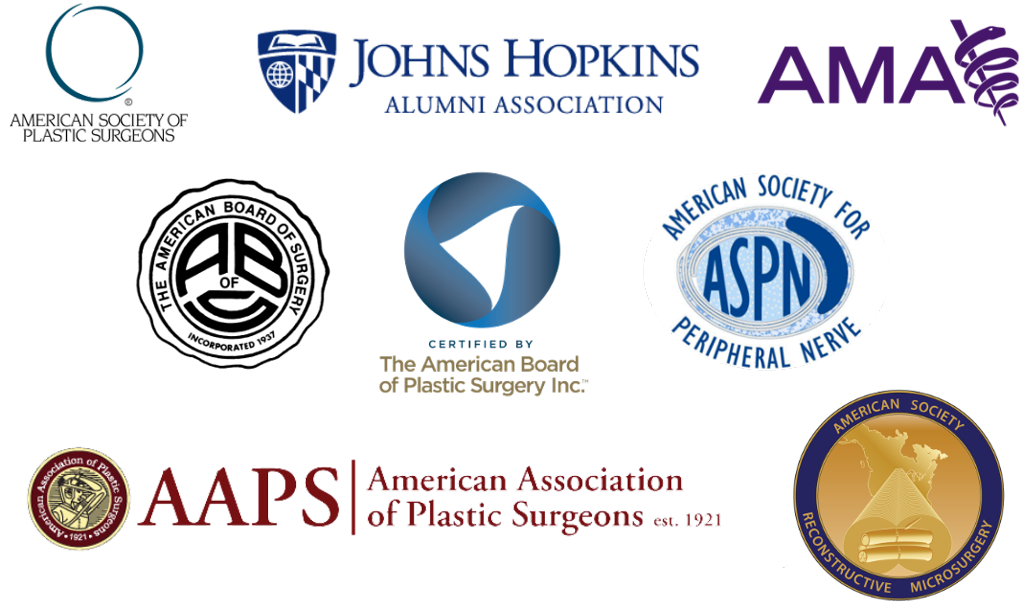Shai M. Rozen, M.D., F.A.C.S.
1801 Inwood Road
Dallas, TX 75390
Phone: (214) 645-2353
Monday–Friday: 8 a.m.–5 p.m.
Brow Lift in Dallas, TX
The eyebrows frame the eyes and partly shape our nonverbal communication with others. A low brow area can create an unintended serious, angry, or aged appearance. While most people don’t notice it on themselves, the brows can descend for several reasons. Some people unintentionally raise their brows to see better because excess skin of the upper eyelids obscures their vision. Other people automatically do so to look better in the mirror, only to drop their brows afterward. This complex relationship between the brow and the upper eyelids is important to understand and is often a key component in gaining a more refreshed, youthful, natural look.
Although there is no single “correct” location for the brow, it should fit aesthetically with the face. Placing it too high may create a surgical, surprised look. For example, men’s eyebrows are typically lower and follow a horizontal contour, while women’s eyebrows generally are higher and more arched, especially on the side.
Board-certified plastic surgeon Dr. Shai Rozen performs different types of brow lift surgery in Dallas to restore a welcoming, more youthful facial appearance. Dr. Rozen has unsurpassed expertise in facial plastic surgery, which comes from a deep understanding of facial anatomy and physiology, combined with over two decades of experience with challenging facial paralysis cases and facial aesthetic patients.
What are the goals of a brow lift?
A brow lift may have several goals based on the individual’s particular presentation. A low brow may be associated with a variety of concerns, including the following:
- Portray anger or tiredness unintentionally.
- Give the appearance of excess eyelid skin, especially on the outer side, called lateral hooding.
- Create lines (furrows or folds) across the forehead or between the brows.
Depending on what bothers you and which of the above findings exist, Dr. Rozen modifies the treatment to those needs.
What are the benefits of a brow lift?
Brow lifts help women and men look naturally younger and refreshed through some or all of the following improvements, depending on the type of brow lift that is performed and the goals:
- Opening and brightening the upper eye area
- Smoothing out horizontal forehead creases
- Correcting frown lines between the eyebrows (glabellar lines)
Using his refined aesthetic sense, Dr. Rozen carefully maintains the natural shape and position of the brow and avoids making patients look surprised or wide-eyed.
Which is better, upper blepharoplasty or a brow lift?
Although often performed together, upper blepharoplasty (eyelid surgery) and brow lifts are different procedures. The brow area and upper eyelids are adjoining facial structures that transition naturally into each other and affect each other. When the brows descend, they can make the eyes look heavy and tired and frequently create the appearance of excess upper eyelid skin, causing lateral hooding. Lax, redundant upper eyelid skin can have the same effect, sometimes causing the patient to unconsciously raise their brow unintentionally so they can see better. Most frequently, patients have both conditions. Some patients benefit from only a brow lift while others from only upper eyelid surgery but many require both procedures to restore a refreshed appearance that is long-lasting.
What are the different brow lift techniques?
Dr. Rozen customizes the following techniques to the unique needs of the patient, accounting for individual factors such as gender ethnicity, size of the forehead, shape and location of the hairline, and whether the hair is thinning:
- Endoscopic brow lift surgery involves small incisions in the hairline at the top of the forehead and temples. Using a tiny lighted camera and specialized instruments, Dr. Rozen elevates the eyebrows by releasing structures that connect the brow to the bone, releasing muscles between the brows, and securing the brows in their new position. This technique may be appropriate for patients with mild to moderate brow descent and those with receding hairlines.
- Partial or minimal open approach brow lift surgery addresses mild to moderate sagging of the brow by raising the eyebrows through small incisions placed behind the hairline. This approach allows repositioning of the brows, especially the lateral brow (lateral brow lift).
- Coronal brow lift addresses moderate to severe brow descent and slightly softens lines in the forehead. It is performed with an incision behind the hairline from ear to ear across the top of the head. It is used in patients with a normal or low hairline without thinning hair.
- Hairline brow lift is a powerful approach to lifting the brow and is useful in patients with a high hairline. It also affords lowering the hairline if a patient desires. This approach entails a minimal incision behind the fine hair at the front of the hairline.
- Direct brow lift is the most effective approach for lifting the brow. It is often used in patients with forehead paralysis and men with receding hairlines or no hairline at all. Dr. Rozen developed a technique for minimizing the scars that involves placing the incisions directly above the brow.
Dr. Shai Rozen
Dr. Rozen's expertise in facial paralysis surgery makes him uniquely qualified as a plastic surgeon. Patients benefit from his:
- In-depth knowledge of facial nerves and anatomy and their relationships to facial appearance, expression, and sensation.
- Refined eye for facial symmetry and aesthetics.
- Adept surgical skills refined by performing highly complex microsurgical facial procedures.
- Patient-centered approach that values the individual's unique needs, concerns, and aesthetic goals.

Can you combine a brow lift with other procedures?
Yes. Although Dr. Rozen performs brow lifts alone, he often performs them with other procedures to provide a much more natural result for the entire face. Focusing facial rejuvenation on one part of the face without considering the others often results in a non-harmonius look and less than optimal results. Therefore, patients who want an aesthetic, harmonious, and natural facial rejuvenation may also benefit from the following procedures:
During your consultation, Dr. Rozen will create a surgical plan that is individualized to you.
What is brow lift recovery like?
Pain is typically minimal after a brow lift; however, the surgical area will likely feel sore and tight. Numbness behind the incision usually resolves quickly; however, in some cases, it lasts 6 months or more.
Recovery Milestones
In general, expect to achieve these typical recovery milestones in the specified time frames (experiences vary):
- Non-absorbable sutures removed (if used): 5 to 7 days
- Return to non-strenuous work and activities: 1 week
- Staples behind the hairline removed (if used): 1 to 2 weeks
- Bruising and swelling around the eyes fade: 2 to 3 weeks
- Resume vigorous exercise: 2 to 4 weeks
Next Steps
To learn more about brow lifts and other facial plastic surgery options, request a consultation to meet with Dr. Rozen at UT Southwestern or to schedule a virtual consultation.






